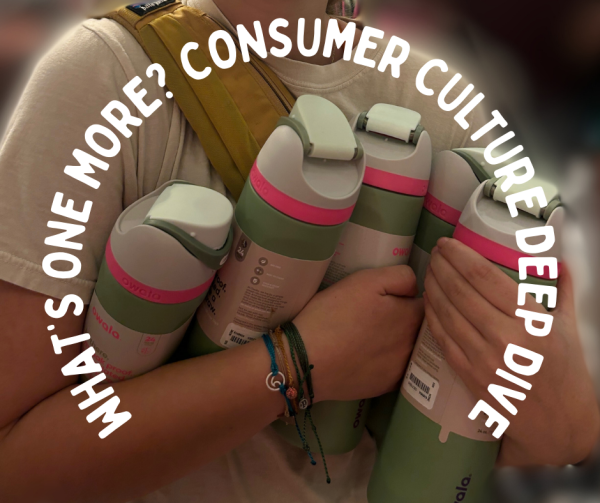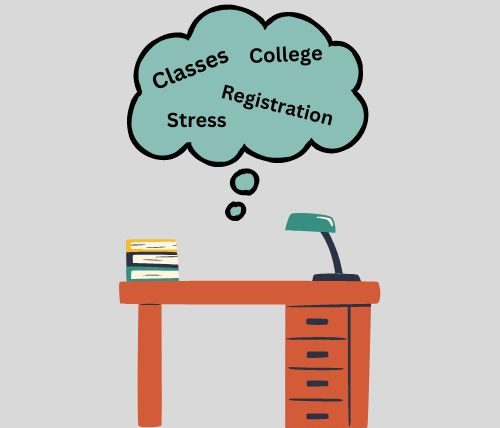A Moveable Feast: What is home?
The Oxford dictionary defines “home” generically as a “house, apartment, or other shelter that is the usual residence of a person, family, or household.” These places come in different shapes and sizes, complete with a patchwork of their own leaky faucets and memorable mishaps that left nicks in the wood or grape juice stains in the carpet. Earlier this week, Magnet ran two articles (https://ohsmagnet.com/5493/news/everyone-needs-a-roof-over-your-head/ and https://ohsmagnet.com/5483/news/first-annual-family-and-consumer-sciences-day/) that had to do do with “National Days” being made out of the traditional feels of home. In the newsroom, we talked a lot about the idea of home, family and of course holidays. A home is different than a building where your mail is sent. There is something additional that goes along and it is hard to put a finger on it precisely. What distinguishes it from a house? As we outgrow high school, we will move onto new places of residence: cramped dorms, apartments, houses, maybe a shotty motel room– life will lead you down unexpected roads. What, then, are the rules for calling someplace home? Is there a certain amount of time you have to live there? Do you have to have a job in the area? What if you still visit your parents in the summer?
When the MagNet staff was asked for words describing their home, they did not start talking about a physical place. They did not name appliances that furnished the rooms inside, or how long they had lodged there. Instead, they began to shout out words such as “acceptance”, “family” and “safety”–these are the words that build a home. Home is not necessarily the roof over your head: It can be having fresh coffee brought to you in the morning. Home is crashing on your best friend’s couch when your parents will not stop fighting. It is approval from your coach or teacher. it is your most familiar sweater. It is where you want to be when you have the flu. It is the opposite of loneliness.
And while we might be fortunate enough to experience this daily, the numbers of those who do not are shocking. Of the homeless population in Minnesota, 46% are 21 or younger, leaving an estimated 4,697 children and teens without a place to lay their head. (Wilder.org) According to a study done by the No Kid Hungry Foundation, three out of five teachers nationwide say that they teach students who regularly come to school hungry. Such turmoil outside of the classroom causes a significant spikes in eating disorders and mental illnesses.
Everyone will feel unwelcomed, insecure, or alone at some point. Those of us fortunate enough to be in a good place right now, literally or metaphorically, should live up to our social contract and do everything in our power to help others through their own rough patches. We each have gifts that we can use to soften the blows life dukes out…whether it be putting some of our spending money towards Transitional Housing or spending the afternoon with an elderly neighbor. This may require risk taking or discomfort on our end: It is not always easy to show compassion and Starbucks is really, really good. Yet, the world could use some of our goodness and needs our ability to show a bit of ‘home’ in even the bleakest times.

I am an OHS Senior who has been successful at remaining slightly above average in all of my activities, including National Honors Society, cross country,...





